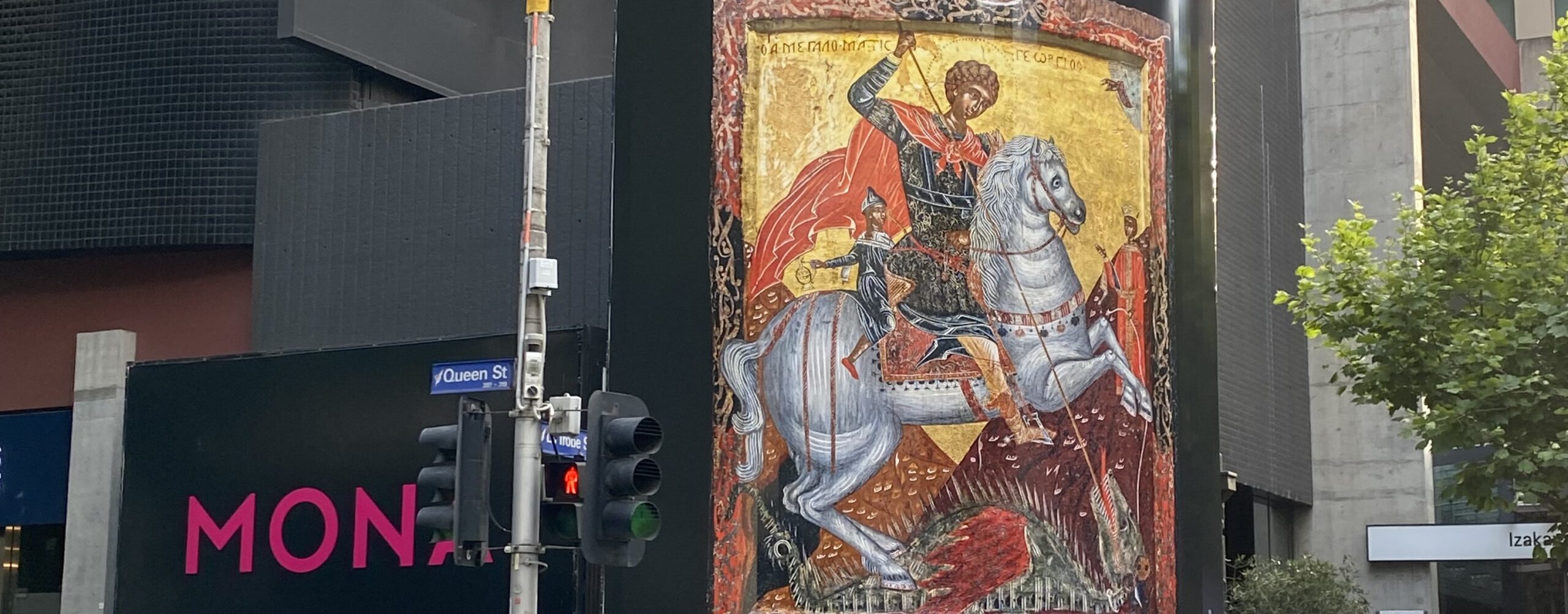reshaping the way people practice their faith and altering the dynamics of communal worship. Places of worship, once bustling with congregations, experienced unprecedented challenges as social distancing measures and lockdowns were enforced to curb the spread of the virus.
One significant consequence was the shift towards virtual religious services. Many religious institutions adapted quickly, embracing online platforms to ensure that their congregants could still participate in prayers, sermons, and rituals from the safety of their homes. This digital transformation fostered a sense of community in a time of physical isolation, allowing believers to maintain a connection with their faith and each other. However, it also highlighted the technological divide, with some communities facing barriers to accessing these virtual gatherings.
The pandemic also prompted religious leaders to reevaluate traditional practices and find innovative ways to conduct ceremonies safely. Socially distanced in-person services, outdoor gatherings, and limited attendance became the norm. The intimate and communal aspects of religious services underwent a transformation, challenging the conventional notions of congregational worship.
Moreover, the pandemic emphasized the role of faith communities in providing emotional and spiritual support during times of crisis. Religious leaders played a crucial role in offering solace, guidance, and a sense of hope to their followers, navigating the uncertainties of the pandemic with messages of resilience and compassion.
In conclusion, the impact of COVID-19 on religious services has been multifaceted, leading to a redefinition of how faith is practiced and shared. Virtual services, altered rituals, and the adaptability of religious institutions have demonstrated the resilience of faith in the face of unprecedented challenges.

